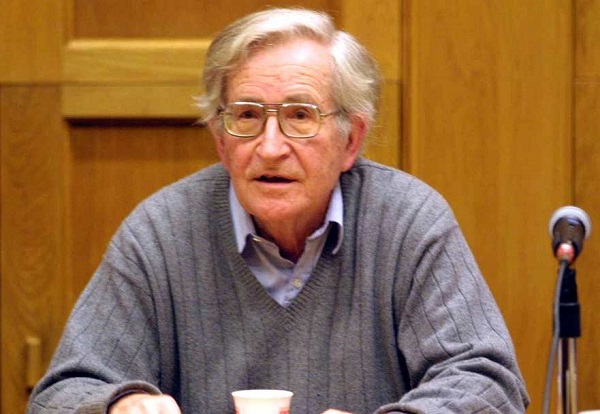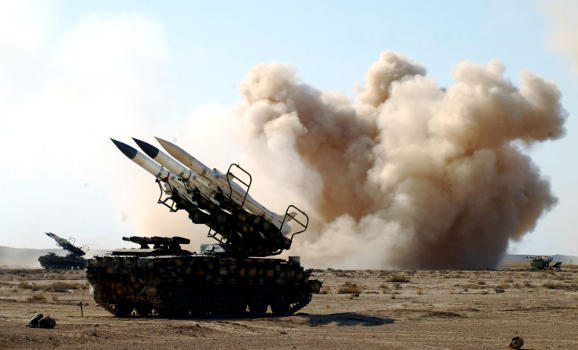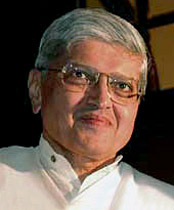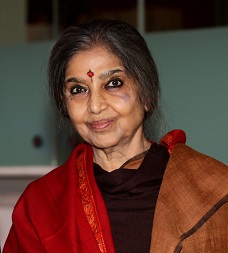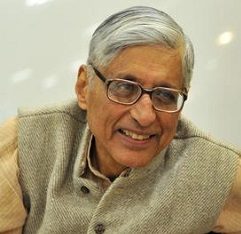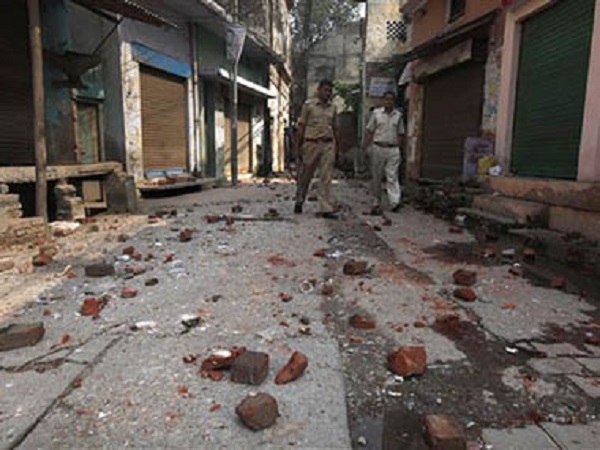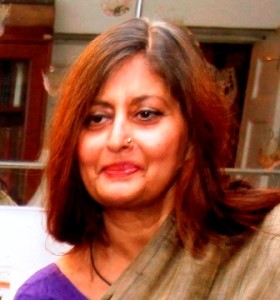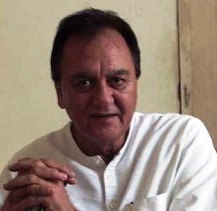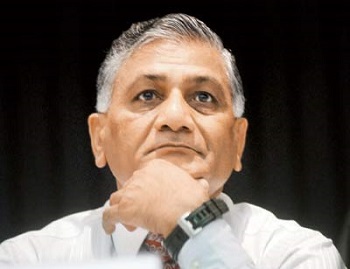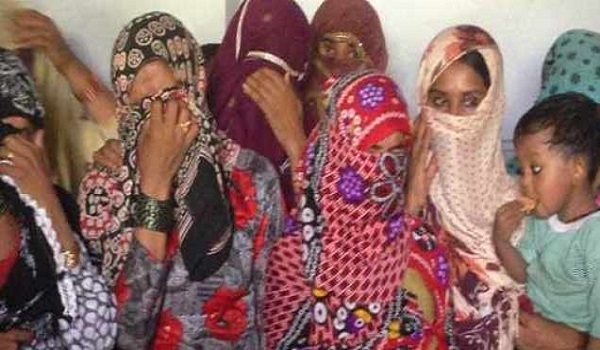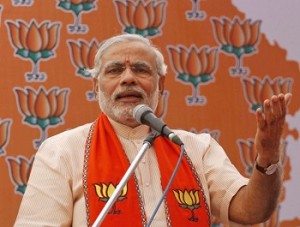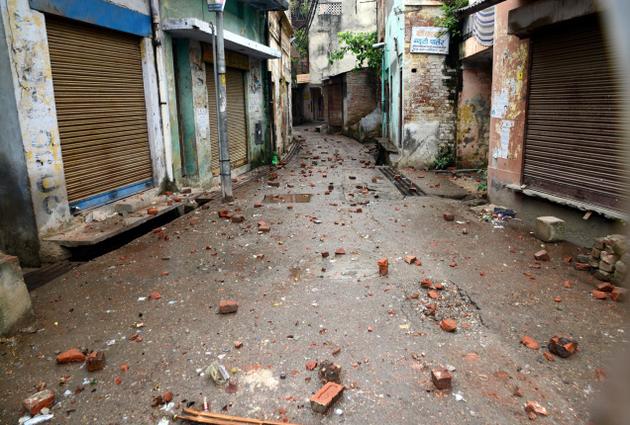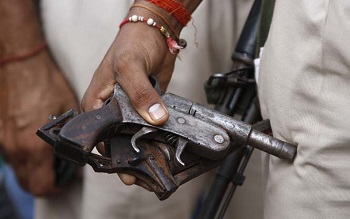We have turned our backs on the natural medicines our country offers us, putting our faith in expensive, chemical cures.
 by Humra Quraishi
by Humra Quraishi
For the last two days, I have been plucking and piling up leaves. My nephew has been down with dengue and the only natural cure for it is papaya leaves, or rather the papaya pulp and juice. Also, with my diabetes playing hide-and-seek with me, I was told that the only way out was to chew guava leaves.
I went to the nearest nursery but it was too fashionable to stock our ‘outdated’ amrood plants. The jeans-clad maali rattled off the names of some japani-chini-vilayati imported plants that the nursery had, so I had to take my leave. But not one to give up, I went to a far-away orchard full of guava trees and plucked some off the trees. Since then, I have been chewing on them like a goat. With my usual dal roti, these leaves are becoming a staple part of my diet.
There are so many benefits to be explored from nature’s bounty, but we often overlook them. My doctor, Dr GP Sharma, has been insisting for so long, “You are fortunate that that you are a diabetic in India, for there are so many natural remedies available – jamun, neem, cinnamon, karela, bhindi, several herbs and seeds, so many trees and shrubs. All of these are natural ways to combat high blood sugar levels.”
are a diabetic in India, for there are so many natural remedies available – jamun, neem, cinnamon, karela, bhindi, several herbs and seeds, so many trees and shrubs. All of these are natural ways to combat high blood sugar levels.”
But to recap from diabetes to dengue, it is now becoming obvious that dengue is fast becoming something to fear. It is virulent and severe, with mosquitoes thriving (or should I say, allowed to thrive) by the municipal authorities, who are unable to clear up the mess even around our health centres. If this state of affair continues, we may have to trash the oft-quoted ‘A for apple, B for ball…’ for a newer version of the alphabet that our future generations can easily relate to. We might have to teach them, ‘M for mosquito, D for dengue, C for corruption, K for killer…’
And while we have been paying little heed to nature and whatever it can do for, nature seems to be getting back at mankind, too. First the havoc at Uttarakhand, now along our country’s coastline. And even in the midst of the chaos, we see, perhaps only in our country, that in the midst of the stampede, those stranded devotees are not rescued but thrown into rivers and nullahs! This happened this week in Madhya Pradesh, when hapless devotees were flung into nullahs and rivers by dreaded Chambal dacoits by MP cops.
And even as we grapple with everyday worries – inflation, infectious diseases, cyclones, corruption – the election fever slowly catches on and makes fools of us all in several different ways. But that’s a column for another time.
Humra Quraishi is a senior political journalist based in Gurgaon. She is the author of Kashmir: The Untold Story and co-author of Simply Khushwant.
(Pictures courtesy www.nytimes.com, www.hemroidharry.com)

